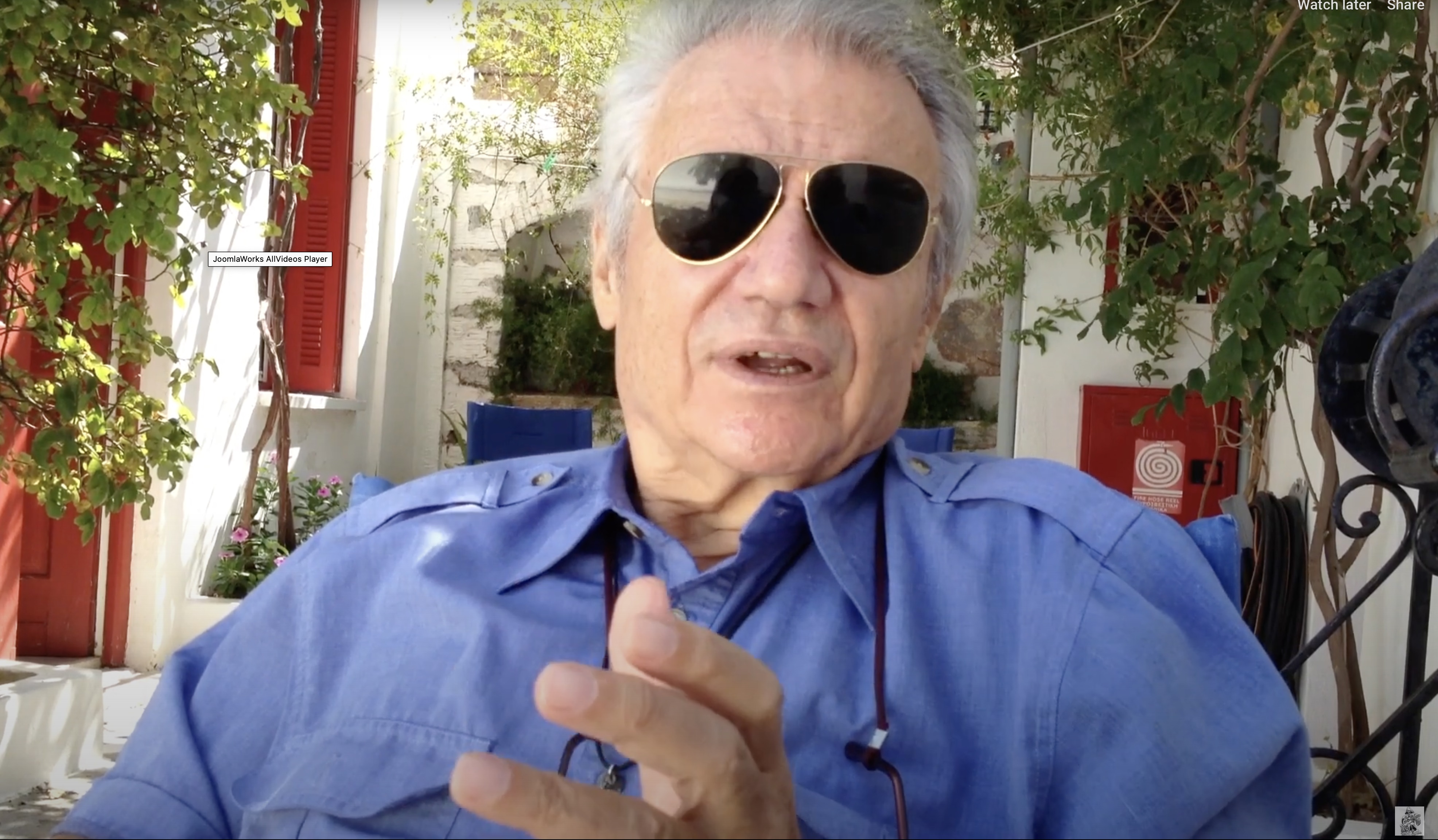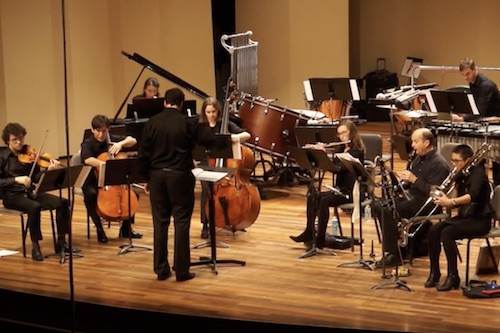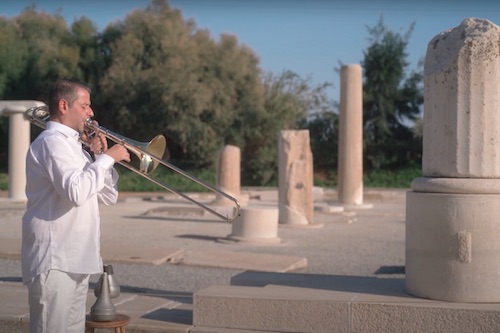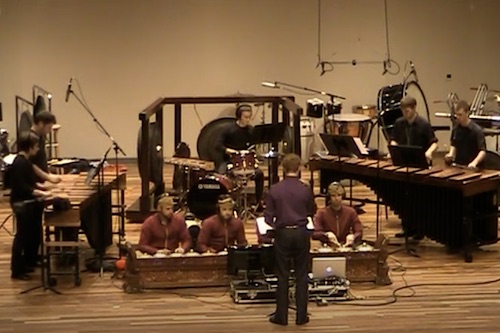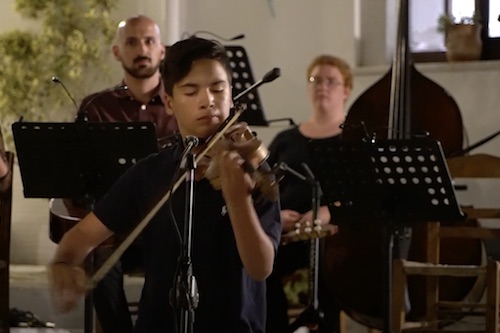"Tremors" (1997/2011)
by Joshua Fineberg (USA, b. 1969)
arranged for ensemble by Davide Ianni
Davide Ianni, conductor
Kathleen Boyd, flute
Diane Heffner, clarinet
Craig McNutt, percussion
Krista Buckland Reisner, violin
Mark Berger, viola
Mark Simcox, violoncello
Nathan Varga, double bass
Performed live at Boston University's Tsai Performance Center
685 Commonwealth Avenue, Boston
on February 1, 2012
During the ALEA III concert:
"BU Composers Conduct their Own Works".
More information is available here
This is a live archival recording.
Copyright ©: 2012 by ALEA III, Inc., Joshua Fineberg and Davide Ianni
All rights reserved
"Tremors" was written as the compulsory piece to be played by the twelve semifinalists in the American Pianists Association's 1997 National Fellowship Auditions. The current performance features an arrangement of the piece by Davide Ianni for chamber ensemble.
The original note for the piano piece follows:
Although many contemporary composers have focused on the percussive and melodic aspects of the piano, for me, the real magic of the piano is its resonance. The shock that is delivered by the hammers, when notes are struck, produces a continuous vibration. Small impacts can color this vibration, pushing it in one direction or another. Large shocks, on the other hand, are capable of completely eradicating the previous color, or leaving only the faintest trace of what had been. Very delicate interventions can even shift the evolution of the resonance without being truly perceptible as independent events. All of this activity can be seen as a series of surface tremors on the underlying resonance (color), where the heart of the music lies. The interaction between the punctuated surface and the continuous undercurrent make up the form and movement of the piece. (- - J. F.)
Davide Ianni, provides the following note about the arrangement:
“My orchestration of Tremors is a rendering of the original version for piano set for a prearranged medium-size ensemble. Despite some difficultly translatable moments in the piano score, this version closely follows the original with regards to tempi and meter changes, as well as complex rhythmical activity. Most importantly, this orchestration is predominantly concerned with highlighting the interplay of resonances of the piano version. The result is a rendering of the piece that has lost the percussive impacts and rhythmical agility of the piano version, and has gained a more vivid delivery of the dynamic colors of its harmonies.” (- - D. I.)
The info above is available here


